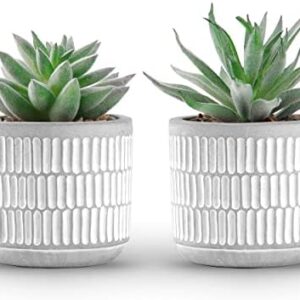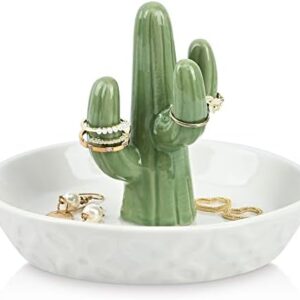Cacti are a type of plant that is known for its unique appearance and ability to thrive in harsh desert environments. While many people may think of cacti as plain and uninteresting plants, there are actually many different species of cacti that are truly unique and fascinating. In this article, we will take a look at the top 10 most unique cacti species and learn how to care for them so that you can enjoy their beauty in your own home or garden.
1. Mammillaria Grahamii (Graham’s Nipple Cactus)
One of the most unique cacti species is the Mammillaria Grahamii, also known as Graham’s Nipple Cactus. This cactus is named for its small, nipple-like protrusions that cover its surface, giving it a distinctive appearance. Graham’s Nipple Cactus is a relatively low-maintenance plant that prefers bright light and well-draining soil. Water sparingly and avoid overwatering to keep this cactus healthy and happy.
2. Astrophytum Myriostigma (Bishop’s Cap)
The Bishop’s Cap cactus, also known as Astrophytum Myriostigma, is a strikingly beautiful cactus with a unique star-shaped pattern on its surface. This cactus is native to Mexico and requires plenty of sunlight to thrive. Be sure to provide well-draining soil and water sparingly to prevent root rot.
3. Gymnocalycium Mihanovichii (Moon Cactus)
The Moon Cactus, or Gymnocalycium Mihanovichii, is a popular cactus species known for its bright and colorful appearance. This cactus is actually a hybrid created by grafting different cactus species together, resulting in a plant that lacks chlorophyll and cannot produce its own food. As a result, the Moon Cactus requires special care, including regular fertilization and indirect sunlight to thrive.
4. Parodia Leninghausii (Yellow Tower Cactus)
The Yellow Tower Cactus, or Parodia Leninghausii, is a tall and slender cactus with a bright yellow hue. This cactus is relatively easy to care for and prefers bright, indirect light and well-draining soil. Water sparingly to prevent root rot and allow the soil to dry out between waterings.
5. Echinocactus Grusonii (Golden Barrel Cactus)
The Golden Barrel Cactus, or Echinocactus Grusonii, is a large and beautiful cactus species native to Mexico. This cactus is known for its round shape and golden spines, making it a striking addition to any garden or indoor space. The Golden Barrel Cactus prefers plenty of sunlight and well-draining soil. Water sparingly and avoid overwatering to prevent root rot.
6. Opuntia Microdasys (Bunny Ears Cactus)
The Bunny Ears Cactus, or Opuntia Microdasys, is a unique cactus species with flat, oval-shaped pads covered in tiny white spines. This cactus is native to Mexico and requires plenty of sunlight to thrive. Water sparingly and be careful not to overwater, as this can lead to root rot.
7. Epiphyllum Oxypetalum (Queen of the Night)
The Queen of the Night, or Epiphyllum Oxypetalum, is a stunning cactus species known for its large, fragrant flowers that bloom at night. This cactus is native to Central America and requires plenty of indirect sunlight to thrive. Water sparingly and avoid overwatering to prevent root rot.
8. Lithops (Living Stones)
Lithops, also known as Living Stones, are a unique cactus species that are known for their stone-like appearance. These cacti are native to southern Africa and require bright sunlight and well-draining soil to thrive. Water sparingly and be sure to allow the soil to dry out completely between waterings.
9. Rhipsalis Baccifera (Mistletoe Cactus)
The Mistletoe Cactus, or Rhipsalis Baccifera, is a unique cactus species that is native to the rainforests of Central and South America. This cactus is unique in that it does not have spines and instead features long, trailing stems covered in small, white flowers. The Mistletoe Cactus prefers bright, indirect light and well-draining soil. Water sparingly and be sure to allow the soil to dry out between waterings.
10. Echinopsis Chamaecereus (Peanut Cactus)
The Peanut Cactus, or Echinopsis Chamaecereus, is a small and charming cactus species with cylindrical, segmented stems that resemble peanuts. This cactus is a relatively low-maintenance plant that prefers bright light and well-draining soil. Water sparingly and allow the soil to dry out between waterings to keep the Peanut Cactus healthy and happy.
In conclusion, cacti are truly unique and fascinating plants that can bring a touch of beauty and wonder to any home or garden. By choosing the right cactus species and providing the proper care, you can enjoy these incredible plants for years to come. Remember to research the specific care requirements of each cactus species to ensure their health and longevity. So go ahead, add some cacti to your plant collection and watch them thrive in their own unique way.






